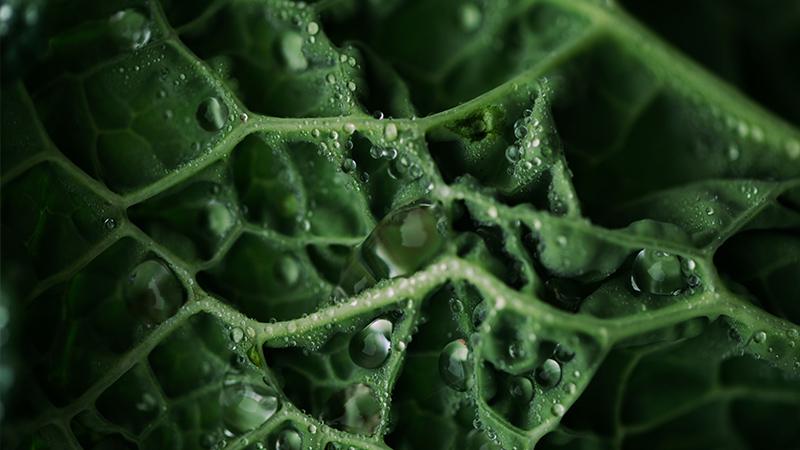Optical humidity measurement in explosion-hazardous areas
Humidity measurement is a critical process control tool in many industries, with several technical solutions to choose from, each with its own pros and cons. When measurement is performed in a flammable gas mixture and in the presence of corrosive chemicals, the range of suitable technologies becomes more limited. Optical humidity measurement in the infrared (IR) wavelength range has many attractive properties.
Safety with non-contact method
The measurement is inherently non-contact as the infrared light source and detector are protected from process gases by a sapphire glass window, eliminating issues with sensor corrosion. The measurement optics in an in-situ design may be heated to remove the problem of condensation in 100% relative humidity environments. Recent advances in microglow IR sources and tunable Fabry-Pérot interferometer filters allow the devices to be Ex approved for atmospheres where flammable gases are continuously present: Zone 0 in European regulations and Class 1, Division 1 in North American regulations.
New combination opportunities
Many people associate optical humidity measurement in an Ex zone with expensive TDL lasers measuring in a cross-duct configuration. A recent development based on two decades of Fabry-Pérot interferometry allows the measurement of water vapor with a simple, compact probe-type NDIR device. Furthermore, it is now possible to combine humidity measurement with other gases such as methane and carbon dioxide in a true multi-gas in-situ gas analyzer with a very compact form factor.
Maximizing the lifetime of carbon filters
An obvious application for a compact, low-maintenance probe for measuring humidity, methane, and carbon dioxide is in anaerobic digestion (AD) of organic waste followed by combined heat and power (CHP) generation with internal combustion engines. Knowing the water content of the biogas during the treatment stage allows the operator to maximize the lifetime of activated carbon filters, which have optimal performance in a given relative humidity range and are relatively expensive to replace.
Improving gas quality and preventing engine wear
Further increases in efficiency can be gained by monitoring the composition of the fuel gas entering the CHP engine. Knowing the methane content of the gas allows the operator to make more precise adjustments to the engine, while being able to detect elevated levels of water vapor in the gas inlet allows them to respond quickly to gas-quality issues that would otherwise cause premature engine wear. One consequence of accidental condensation is increased flow resistance in the pipelines. Also, the action of valves controlling the supply of fuel gas and air to the engine is impaired if moisture begins to collect in the valve.
MGP261 – a new kind of multigas probe for demanding conditions
The Vaisala MGP261 multi-gas probe is a completely new kind of humidity, methane, and carbon dioxide probe based on the extremely reliable NDIR measurement principle, proven by 20 years of reliable and accurate carbon dioxide measurement in Vaisala instruments.
Compact (40 mm diameter, 209 mm insertion depth, 1½” NPT process joint) and ATEX and IECEx approved for Zones 0 and 1, the all-steel probe is heated to withstand condensing environments and protected by a water-repellent particle filter; the MGP261 measures water vapor in the 0 … 25 vol-% range and dew point temperature in the 0 … 60°C range.
In near-condensing conditions many capacitive humidity/dew point sensors do not perform optimally and also suffer from corrosion of the measurement element; the optical measurement technology used in the MGP261 is immune to such problems and therefore uniquely suited to these demanding conditions.
Learn more in the webinar Turn on your bio-engine – increasing the profitability of your biogas process or visit the biogas application page.


Stiamo cercando una sonda per leggere l'umidità nelle tubazioni di biogas.
Grazie